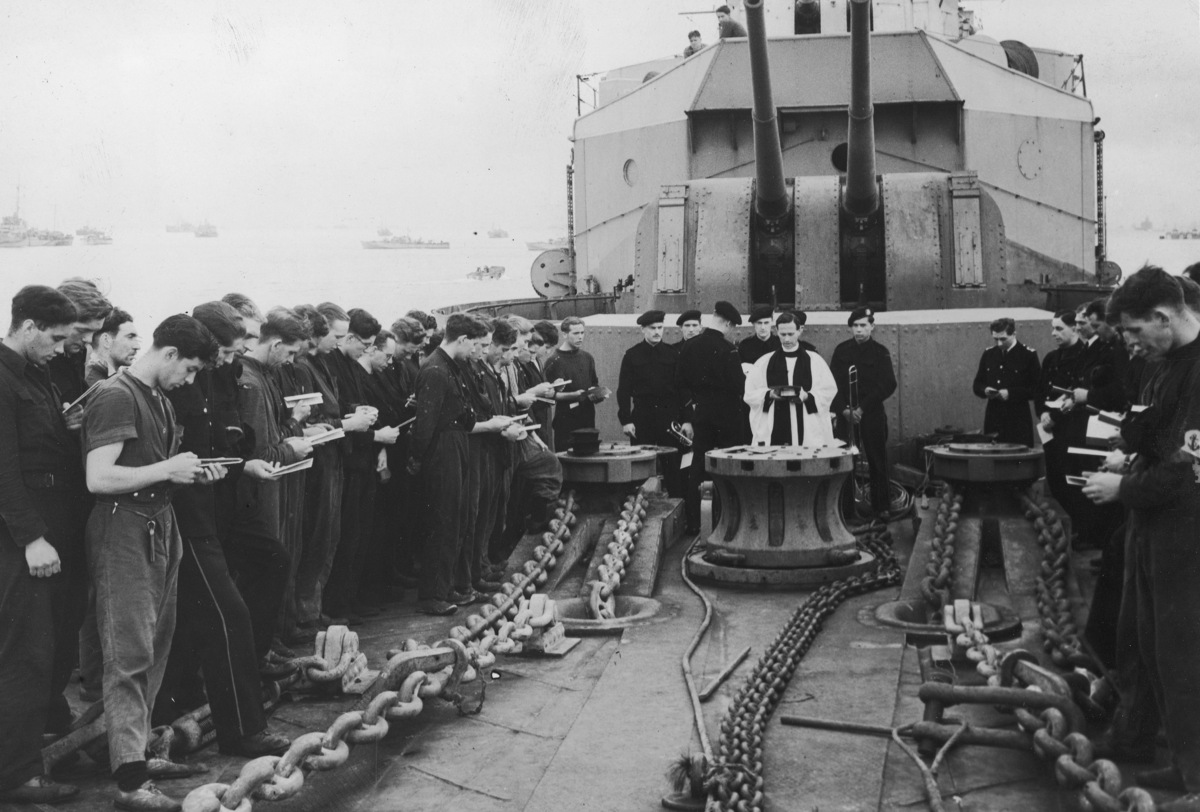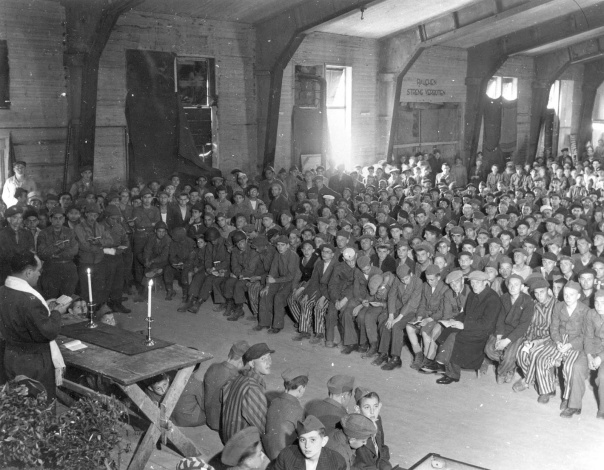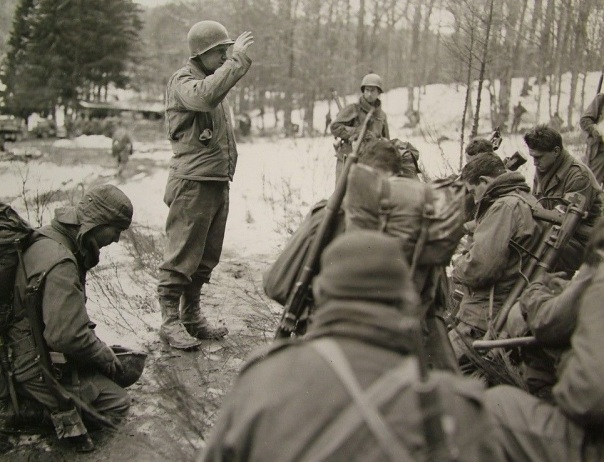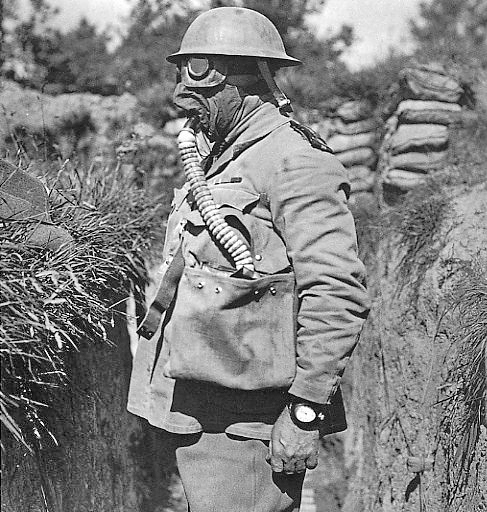A military chaplain ministers to military personnel and, in most cases, their families and civilians working for the military. In some cases they will also work with local civilians within a military area of operations.


Although the term chaplain originally had Christian roots, it is generally used today in military organizations to describe all professionals specially trained to serve any spiritual need, regardless of religious affiliation. In addition to offering pastoral care to individuals, and supporting their religious rights and needs, military chaplains may also advise the executive on issues of religion, and ethics, morale and morals as affected by religion. Military chaplains normally represent a religion or faith group but work with military personnel of all faiths and none. Some countries, like the Netherlands and Belgium, also employ humanist chaplains who offer a non-religious approach to chaplain support.
Although the term chaplain originally had Christian roots, it is generally used today in military organizations to describe all professionals specially trained to serve any spiritual need, regardless of religious affiliation. In addition to offering pastoral care to individuals, and supporting their religious rights and needs, military chaplains may also advise the executive on issues of religion, and ethics, morale and morals as affected by religion. Military chaplains normally represent a religion or faith group but work with military personnel of all faiths and none. Some countries, like the Netherlands and Belgium, also employ humanist chaplains who offer a non-religious approach to chaplain support.

Chaplain saying mass aboard HMS Scylla, laying at anchor off the Normandy coast shortly after the D-Day invasion of France June 12, 1944. (British Official Photo/Time & Life Pictures/Getty Images)

Father John McGovern gives mass in France during World War II. (U.S. Army Signal Corps)

Captain Callum Thompson, a Canadian chaplain, conducting a funeral service in the Normandy bridgehead, France, 16 July 1944. (Library and Archives Canada)

Chaplain Homer Millford, 68th AR Reg, 6th Div., DTC in 1942

“Christmas Day services near the front, in Italy. Lt. Col. William E. King, of Kansas City, Mo., Chaplain of the 45th Division, speaks to men assembled near their Bivouac Area. Notice the Young dog by the Altar.” Venafro area, Italy. 25 December 1943.

American chaplain Rabbi Herschel Schacter conducts religious services at the liberated Buchenwald concentration camp in 1945. (Photo public domain)

Unidentified chaplain visiting with Soldiers of the 82nd Airborne Division in WW2. (Photo public domain)

“1st LT Harvey Floyd Bell, Chaplain of 1st Bn., 180th Inf. Regt., says grace before Christmas dinner is served.” Demanio area, Italy. 25 December 1943.

Chaplain Frank Arnold in France (?)


Chaplain (CPT) Guy C. Jones conducting worship service for Co C, 1st BN, 135th IN Reg, 34th IN Div 25 Jan 1945 in Tazzola, Italy.

“During prayer, the flag is lowered at outdoor Christmas Day services conducted by LT Aloysis S. Carney, Jersey City, New Jersey, at Headquarters of 120th Medical Clearing Co.” Venafro area, Italy. 25 December 1943.

A US army chaplain and a young German POW, 1918

An Australian chaplain wearing the "Large Box Respirator" also known as the "Respiratory Tower" during the First World War, Bois Grenier Sector on 5th June 1916.

German Christian Field Service for German Soldiers during WWII, the army chaplain gives segento the German troops with "God with us" on their paddock, 1941; 95% of all Germans being Christians

A commemorative stamp issued in 1948 to honor four chaplains who died after the USAT Dorchester sank during World War II. The chaplains helped troops evacuate the ship and gave their life jackets to other servicemembers after the ship's supply ran out.
A Roman Catholic army chaplain celebrating a Mass for Union soldiers and officers during the American Civil War (1861–1865).

A sketch from Edward Ardizzone's War Diary; the 300th travelling through a French village; 1940.

First World War: A Chaplain conducting church parade from the nacelle of an F E 2 B night bomber, 2003, TopFoto / Alinari Archives

The Seabees of the 111th Naval Construction Battalion give thanks on D-Day plus 12, 18 June 1944. Navy Chaplains have served around the world with Seabee battalions since their inception in 1942. Chaplains prayed and conducted regular services, using any available area including a ships deck, an apple orchard, a hand-cut hole in a Pacific-island jungle or a makeshift tent for a church. They will use a jeep, packing case or ammunition box for an altar, or a helmet for a yarmulke, the top of a mess kit for a paten or a canteen cup for a chalice. (U.S. Navy Seabee Museum, Flickr)

Greece, 1944: Loachim, the orthodox bishop of Chios (1880-1948), who joined the partisans against German occupation, refused to accept the decision of the Holy Synod of the Church of Greece to excommunicate all pro-communist DSE (Democratic Army of Greece) members; for this reason, the Archbishop and Vice-Roy Damaskenos dismissed Ioachim in 1946, who died four years later. Here Loachim inspects a DSE squadron.

Lithography of Chaplain P.P. Cooney conducting a mass for the Army of the Cumberland during the Civil War. Cooney was a chaplain during the time Gen. James A. Garfield was the Army of the Cumberland’s chief of staff. (Library of Congress)
Used photo: peregrinus-peregrinus.blogspot.com www.huffingtonpost.com thechaplainkit.com imgur.com en.wikipedia.org www.stripes.com www.alinariarchives.it garfieldnps.wordpress.com lecoeurvivant.blogspot.com.au
No comments:
Post a Comment